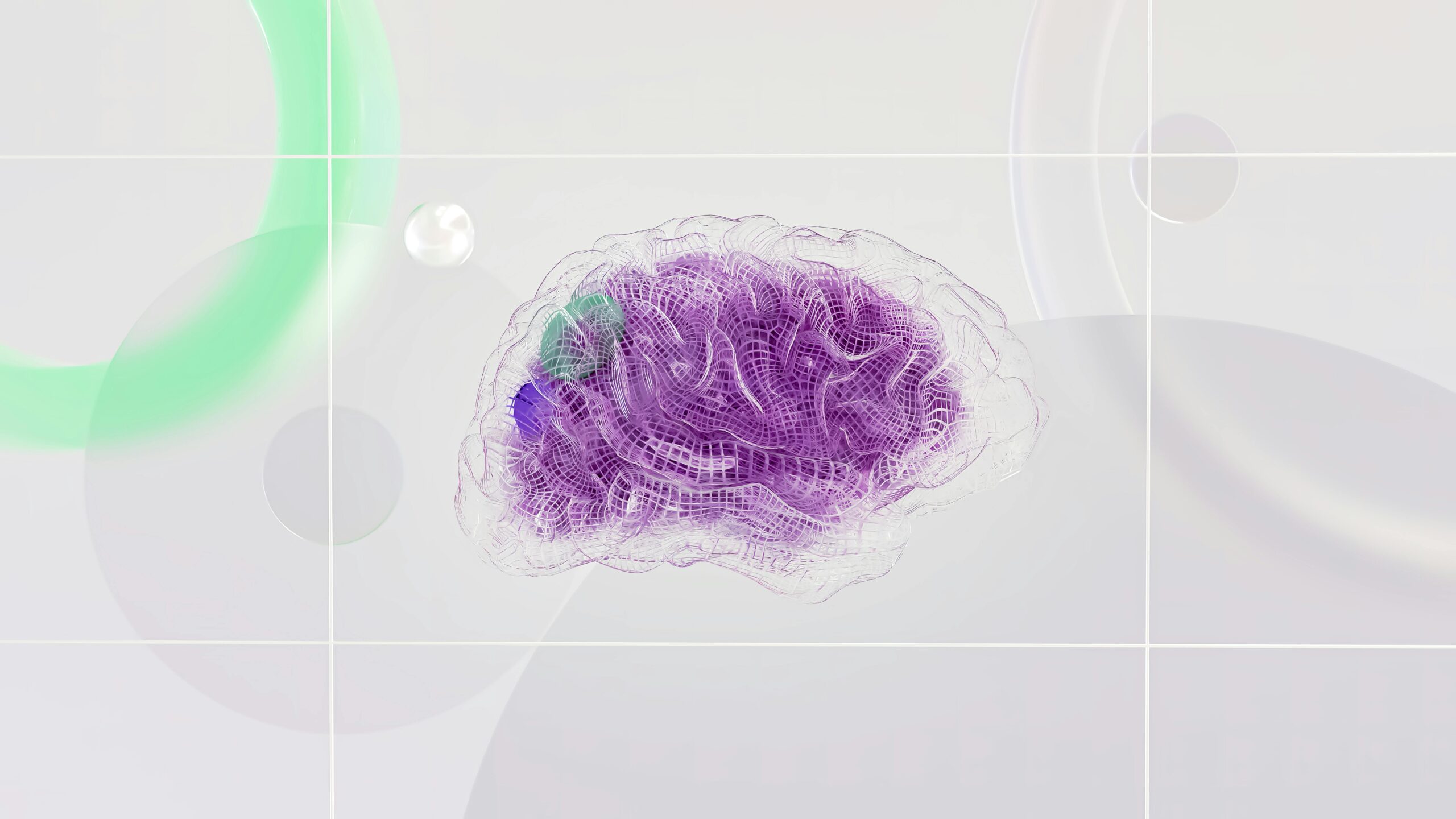Several Australian projects are leading neurotechnological breakthroughs and human-machine interfaces, raising questions about the safety and privacy of human thoughts.
Follow our Australia News Live Blog for the latest updates.
Get our morning and afternoon news emails, free app, or daily news podcast.
Tory Shepherd
Sat 16 March 2024 19.00 GMT
Share
38

Brain-computer interface (BCI) technology is central to movies like Ready Player One, The Matrix, and Avatar. But outside the realm of science fiction, BCI is being used on Earth to help paralyzed people communicate, explore dreams, and control robots.
Billionaire entrepreneur Elon Musk announced in January – with great fanfare – that his neurotechnology company Neuralink had successfully implanted a computer chip into a human for the first time. In February, he announced that the patient was able to control a computer mouse with their thoughts.
The goal of Neuralink is noble: to help people who otherwise cannot communicate and interact with the environment. But the details are sparse. The project immediately raised alarm bells regarding brain privacy, the risk of hacking, and other potential issues.
Dr. Steve Kassem, lead research scientist at Neuroscience Research Australia, says that one should approach the Neuralink news with caution. He says it’s not the first company to perform a neural implant. In fact, Australia is a “hotspot” for such neurological research.
Do patients dream of electric sheep?
A project at the University of Technology Sydney, funded by the Ministry of Defense with millions of dollars, is currently in the third phase of demonstrating how soldiers can use their brain signals to control a robotic dog.
“We have succeeded [in the demonstration] that a soldier can use his brain to give a command, completely hands-free, to bring the dog to a target… so they can use their hands for other purposes,” says Prof. Lin, director of the UTS Computational Intelligence and BCI Centre.
The soldier uses supportive reality glasses with a special graphene interface to send brain signals that direct the robotic dog to different locations. Lin says they are working to make the technology multi-user, faster, and capable of controlling other vehicles such as drones.

Meanwhile, the Sydney-based company Neurode has developed a headset to assist people with ADHD by monitoring their brains and delivering electronic impulses to address changes. Another UTS team is working on the DreamMachine, which aims to reconstruct dreams from brain signals. It uses artificial intelligence and electroencephalogram data to generate images from the subconscious.
And then there are the implants.
Good reception
Synchron, which began at the University of Melbourne and now has headquarters in New York as well, uses a mesh inserted into the brain’s blood vessels, allowing patients to access the internet by sending a signal similar to Bluetooth. People can shop online, send emails, and communicate by using the technology to control a computer.
Synchron has implanted the mesh in a number of patients and monitors them, including one in Australia. Patient P4, who suffers from amyotrophic lateral sclerosis, received the mesh implant several years ago.

“I believe he had over 200 sessions,” says Gil Rind, senior director of advanced technology at Sychron. “He is still very strong with the implants and works very closely with us.
“He was able to use his computer through the system… As the disease progresses, it is really challenging to use physical buttons.” This has given him an alternative way to interact with his computer – for online banking, communicating with his caregiver, [with] relatives.
Dr. Christina Maher at the Brain and Mind Centre of the University of Sydney says that Synchron’s technology is “miles ahead” of Elon Musk’s and is more sophisticated and secure because it does not require open brain surgery. The researchers have also published more than 25 papers, she says.
“With Neuralink, we don’t know much about it.
“To my knowledge, their high priority is testing the efficacy and safety of their surgical robots… so for them, it’s much more about the robotic side of things, which makes sense commercially.”
The Need for Regulation
Despite the hype and promises of neurotechnology, there are concerns about who can access the helpful technologies and how they should be protected.

Maher says it’s about balancing the need for innovation with appropriate regulation while still allowing access for those who truly need it. She says the “disparity between the haves and have-nots” is being discussed in Australia and worldwide.
As brain-computer interfaces become more common, it will really segregate people into those who can afford it and those who cannot,” she says.
Rind says Synchron is focusing on those who could benefit the most, like people with spinal cord injuries. “We want to expand this as much as possible – we hope to reach larger markets and help more people in need,” he says.
A personal, pivotal moment for him was seeing the faces of the clinicians, the team, and the family of the first patient to successfully receive the implant, he says.
Regarding Neuralink, Kassem warns that there are always dangers when technology is developed by a company that exists to make a profit. “A cell phone plan for your brain is not what we want,” he says.
“And what if that gets hacked? There is always a risk if it’s not a closed system.”

However, more likely than that, Neuralink will use people’s data.
“Just like every single app on your phone and on your computer, Neuralink will monitor as much as possible. Everything it could possibly do,” says Kassem.
“It will be stored somewhere.”
Protecting Brain Data
Maher says that hacking will remain a risk when devices are connected to the internet, and agrees that data is a big issue. She says that many of our social media, biometric, and other data are already out there, but that brain data is different.
“While [BCI companies] are subject to the same data protection laws… the difference in the minds of many people is that brain data is quite private, it’s your private thoughts.

“The big picture here is that once we record a lot of brain data, there will be an absolute ton of data,” she says.
Despite privacy concerns, Kassem says that interacting with the brain presents exciting possibilities.
“We have to remember how powerful and significant the brain is… everything you are now, everything you have been, and everything you will be is just your brain, nothing else,” he says.
There are trillions of neural connections in the brain, leading to “limitless possibilities,” he says, quoting US physicist Emerson Pugh. “If the human brain were so simple that we could understand it, we would be so simple that we couldn’t.”











Discussion about this post